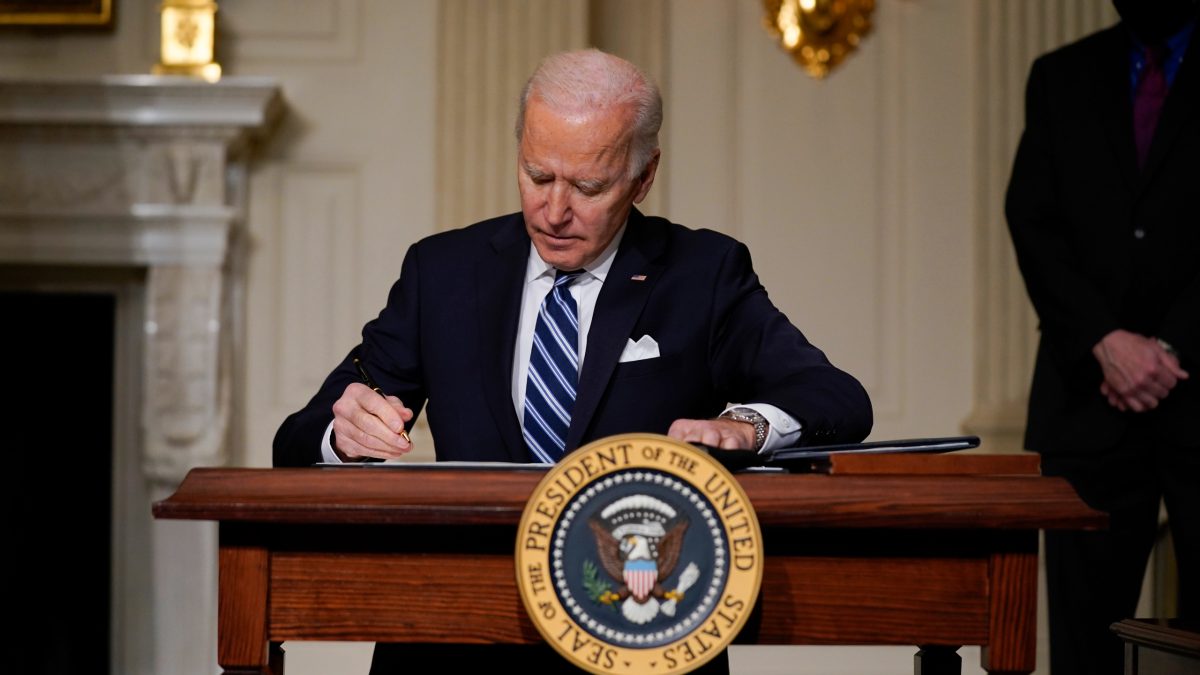All across America, protesters have overwhelmed Republican Congressmen by flooding town-hall meetings, holding sit-ins at congressional offices, and calling them out on social media.
These protesters are part of a movement called “resistance recess”, which focuses on pressuring GOP Congressmen to hold President Trump accountable for his actions. At town hall meetings, angry questions were hurled at Congressmen over numerous topics, including Russian interference in the US election, Trump’s refusal to release his tax returns, his tough immigration policies, and his denial of climate change.
However, one topic rose to prominence at nearly every protest: the repeal of Obamacare. At many town hall meetings, speakers claimed the Affordable Care Act either saved their lives or rescued their personal finances and then hit their Congressmen with tough questions about the absence of an official GOP replacement plan.
Here in New Jersey, Congressman Leona was no exception. He was confronted with angry protests when he hosted a townhall at Raritan Community College in Branchburg last Wednesday. According to the Washington Post, over 900 people packed the college auditorium during the town hall while 250 people occupied an overflow room and 350 more remained outside, far surpassing the crowd sizes of any previous town hall event held for the Congressman. Overall, Lance did his best to distance himself to Trump without creating too much GOP backlash, stating that he believed Climate Change was real, thought Trump‘s proposed border wall with Mexico was excessive, and favored tax credits for cleaner forms of energy.
As for Obamacare, he said that he favored repairing the existing law and would not support a repeal without a replacement. Despite Lance’s moderate answers, his town hall became a national spectacle, with news organisations including CNN, The Guardian, and The Washington Post publishing front-page articles within hours of the event describing the protests in detail.
What is remarkable about these protests is how similar they are to those of the Tea Party Movement in 2009. Many claim the protests are a result of the Indivisible Guide, a downloadable pdf written by former congressional staffers instructing disgruntled voters how to rally against President Trump.
Notably, the guide even claims to take cues from the Tea Party Protests, further linking the two movements. President Trump recently tweeted about the protests, accusing the “so-called angry crowds” of being planned out by liberal activists rather than actual constituents and ending his tweet with a typical “Sad!”.
Other Congressmen followed suit with claims that some of the protesters were being paid and were not actually constituents. Regardless, many Democrats hope that the protests are a sign that the GOP may lose the Senate or even the House of Representatives during the 2018 midterm elections.































